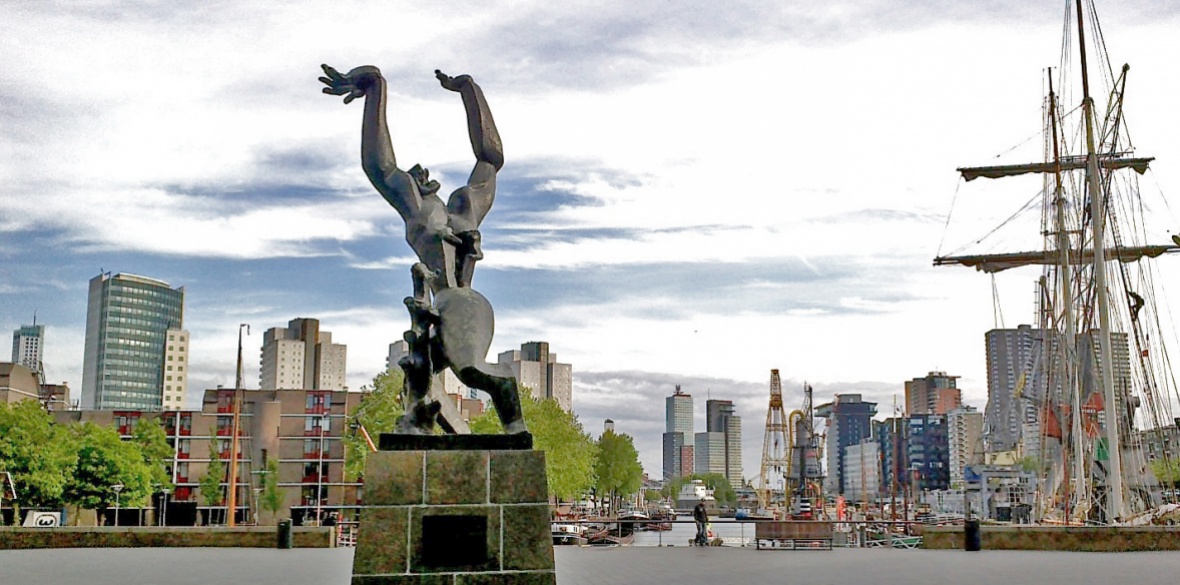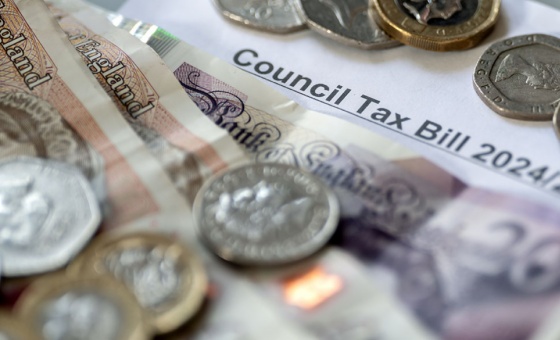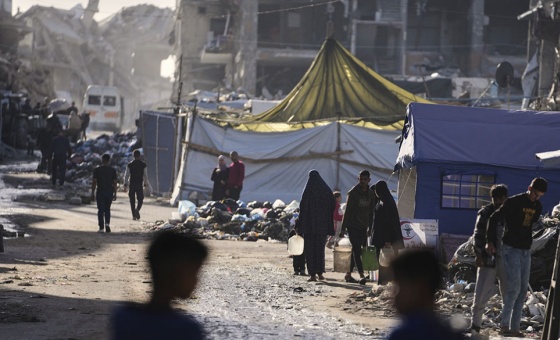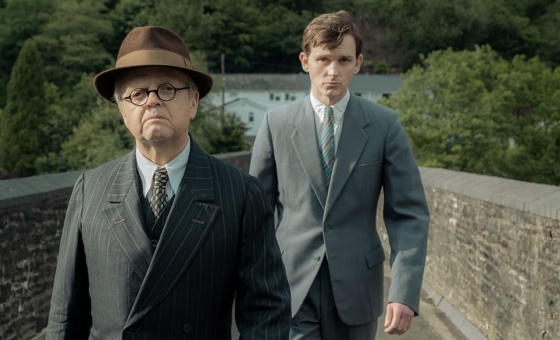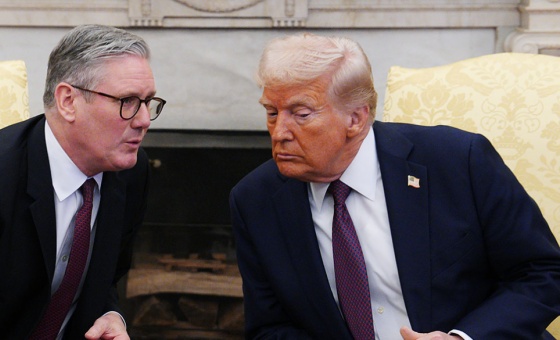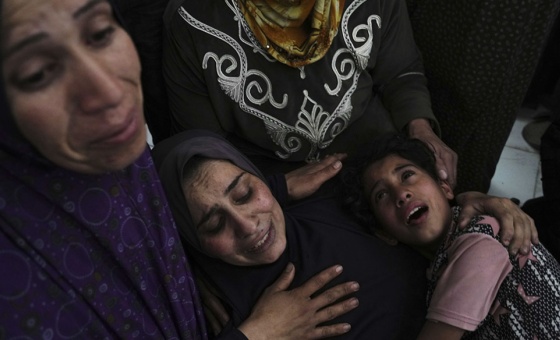This is the last article you can read this month
You can read more article this month
You can read more articles this month
Sorry your limit is up for this month
Reset on:
Please help support the Morning Star by subscribing here
MAY 14 marks the 80th anniversary of the nazi aerial blitz on the Dutch city of Rotterdam, which razed it to the ground.
The callous midday attack lasted only a quarter of an hour but it left up to 1,000 dead and 30,000 buildings destroyed in the ensuing fire storm. It was carried out on the express orders of Hermann Goering, later sentenced to death at the Nuremberg trials.
In the tranquil early 17th-century dock basin of Leuvehaven on the river Nieuwe Maas, one of the most evocative sculptures of the latter part of the 20th century marks that horrific event.
It depicts an angular human body twisted in terror, leaning on a tree stump with hands raised aloft to the skies as it seeks futile protection.
The 21-foot-tall bronze sculpture by Osip Zadkine (1890-1967) is an embodiment of agony. There is a hollow at its centre where the heart would have been, symbolising apocalyptic devastation.
Zadkine himself described it as “a cry of horror against the inhuman brutality of this act of tyranny.”
He was influenced by cubism and its trademark fragmentation of form allowed Zadkine to imbue the figure — nicknamed “Man Without a Heart” or “Jan Hole” by some locals — with stunning levels of expressiveness.
It bears a striking resemblance to a figure in Pablo Picasso’s Guernica and, given the impact the painting had at the time and the similarity of the horrendous circumstances that inspired it, a conscious or subconscious influence cannot be ruled out.
The Destroyed City was unveiled on May 15 1953 and is now a designated Dutch national monument, despite protestations at the time by the director of Rotterdam's department of public works, who declared: “Must this frenzied effigy become a demonic scourge that will forever sap the new heart of my city?” in a newspaper article.
Despite that asinine comment, it remains to this day a singular and breathtaking articulation of the horrors of war, any war, anywhere.
